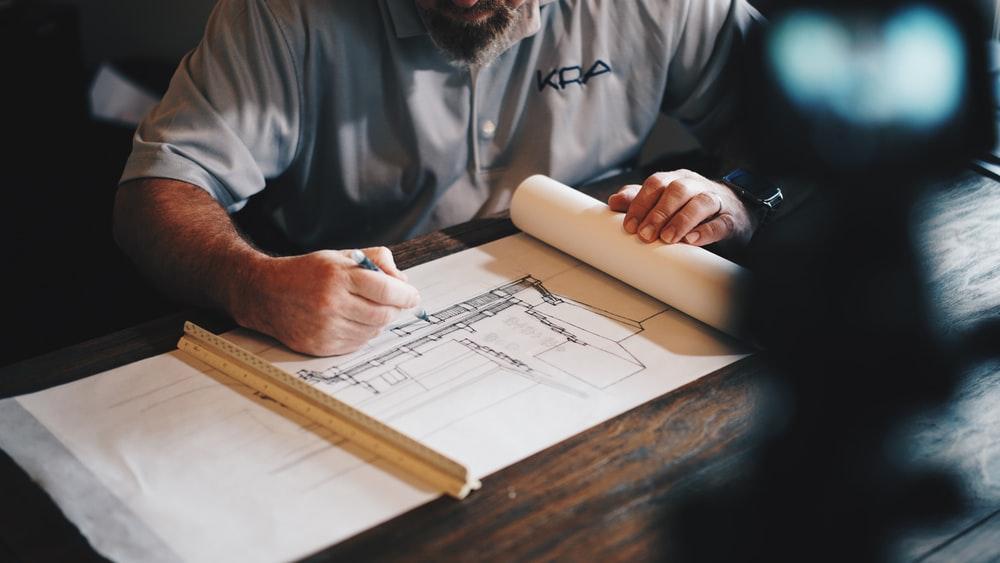
If you’re looking at other brands, watching them bring new innovations to market, inspired by their creativity, and wondering “how do I make this happen in my company?” – here’s what you need to know: businesses that nail innovation don’t do so by chance.
Their teams responsible are made up of carefully selected people who bring very different mindsets, and very specific skillsets, to the table. Skills that sequentially propel innovations through every stage of the development process (or ‘valley’ as we like to call it).
And so, that’s where your challenge lies: in recognising what it takes to create high performing innovation teams and recognising the right people for the right roles within them…
4 critical roles your innovation team needs
For any group of people to be successful in seeing an innovation project through from start to finish, there needs to be specific mix of strengths and skills people bring to the team. And these can be divided into four critical roles.
Theoretically, everyone can play any of these roles. But to get the most out of your team, you need to be able to identify and bring together people who are naturally suited to each. Ready to start building your dream team? Then here’s who you need to look out for:
The Generator

In short: The kick-starter of the whole process. They’re really good at uncovering opportunities and problems worth solving. They can identify barriers and are quick to take action.
Skills:
- Finding problems
- Fact finding
What that looks like: They’re the ones who listen to people, juggle lots of different perspectives, fact-find and collect all the information they can to validate which problems are most important to focus on. They love starting ‘fires’ (in a good way) but aren’t always finishers.
The Conceptualiser

In short: The ideas person. They take the problem your Generator has identified to focus on, and think of all the possible routes to solving it.
Skills:
- Problem definition
- Idea finding
What that looks like: They know how to zone in on the real crux of a problem and offer numerous ways to both present it, and solve it. They can see many possible approaches and can rationalise each and every one. They love possibility and don’t usually enjoy choosing between them.
The Optimiser

In short: The trouble shooter. They’re in their element once they have an idea to play with. And they help refine it by identifying what’s going to work and what’s not.
Skills:
- Evaluating and selecting options
- Planning
What that looks like: They’ll assess the possible solutions from every angle to determine which addresses the problem best, adds most value, and offers the best outcomes. Once they’ve identified the solution to move forward with, they’re skilled at putting an effective plan in place. They don’t like a blank piece of paper but give them a starting point and they’ll make it 10x better.
The Implementer

In short: The person who makes things happen. They love seeing a plan in-action and being the one to drive it.
Skills:
- Remove blocks and barriers
- Action
What that looks like: They keep the idea moving forward and on the rails of reality, ensuring everyone stays focussed on creating something that delivers actual outcomes and value. They’re also the ones who get the buy-in from the team who’s going to be delivering the solution via the plan the optimiser put in place. They get their kicks from doing, not talking.
To develop a culture where innovation is successful, you need a balance of these four different types of people. Look at the people within your business and ask, do you have the people who can identify opportunities for innovations in the first place? People who have the vision to come up with ideas? People who can see the good and the bad, and decide the right approach? People who can put plans in place? And the people who can make things happen? Because without all of these skills, it’s easy to head in the wrong direction…
4 symptoms that your innovation team is imbalanced.
Without a good balance across all the different types of roles in your team, you come up against barriers that prevent innovations being successful.
- “We’re busy but I’m not convinced we’re busy doing things customers really care about”

A team of only generators and implementers means you’ll have the problem that needs solving and you’ll take action to solve it. But without a conceptualiser with the vision to look at the different ways to approach your solution, or the optimiser identifying the right option to move forward, little thought has gone into it and you’ll find you lose touch with the market.
2. “We’re stuck in day to day detail, there’s no new thinking” 
A team of only implementers and optimisers will be lacking in vision, so your business will always be stuck in just getting today’s work done.
3. “Too much talk, not enough action.”
 A team of only generators and conceptualisers get stuck thinking about ideas too much which prevents them ever coming to fruition.
A team of only generators and conceptualisers get stuck thinking about ideas too much which prevents them ever coming to fruition.
4. You can’t get aligned on what’s important 
A team of only generators and optimisers, for example, will clash. Generators will feel optimisers are too focussed on working out the finer details too fast. Whereas optimisers will get frustrated because they feel like generators aren’t working on something tangible.
Designing innovation behaviours into the fabric of your team
An effective way to boost innovation in any company is to identify these roles as part of your recruitment process. For teams already in place, you can identify gaps and use tailored training to develop confidence in each of the 8 core behaviours we’ve described. Remember, these are states, not traits, and what’s important is helping teams feel confident moving between these phases as project needs evolve.
Any business can build a culture of innovation – all you need is the right people who are confident getting the right work done at the right time.
What does your team profile look like?
Interested to know what your profile is or even that of your team? Get in touch and we can introduce you to a specialist. Contact us at [email protected] for more.